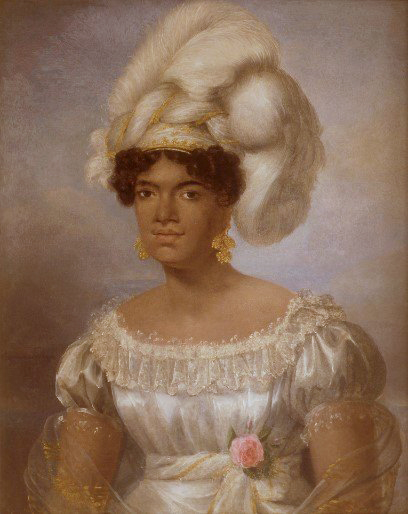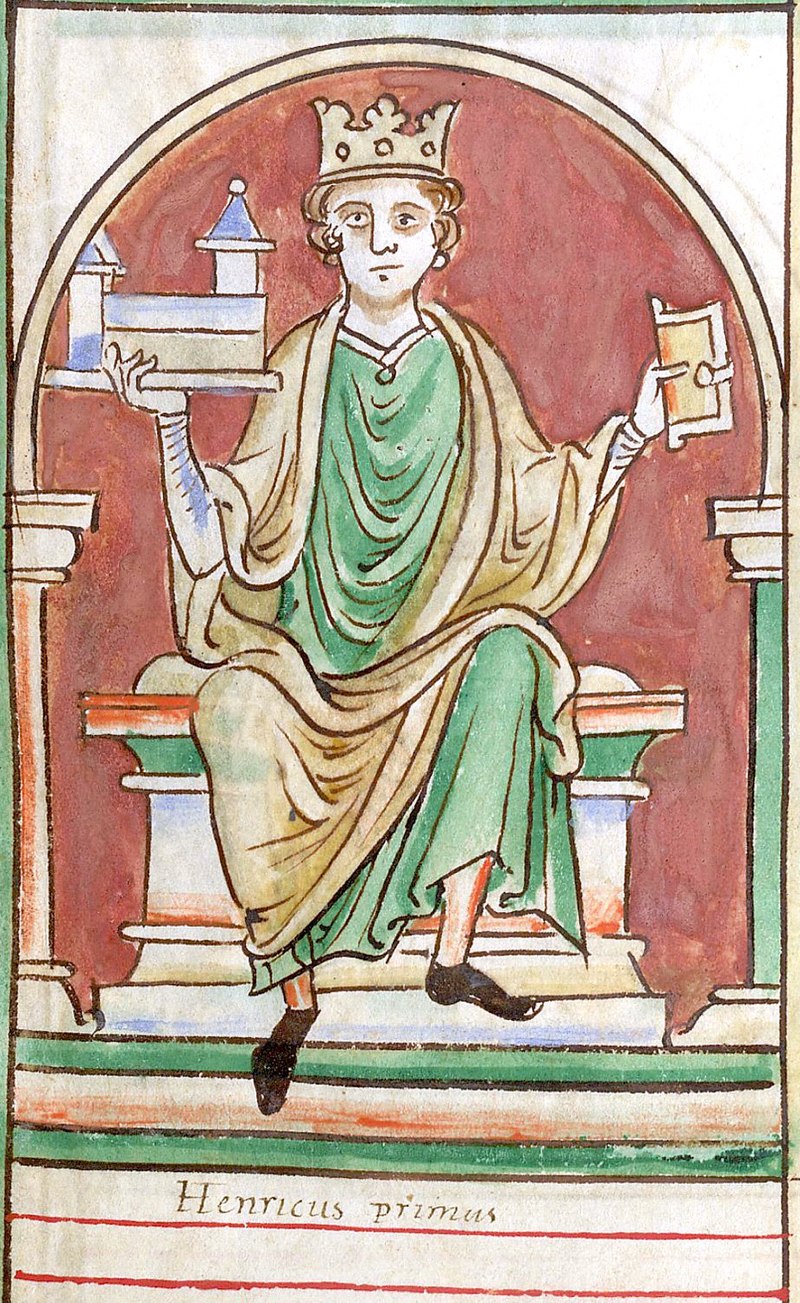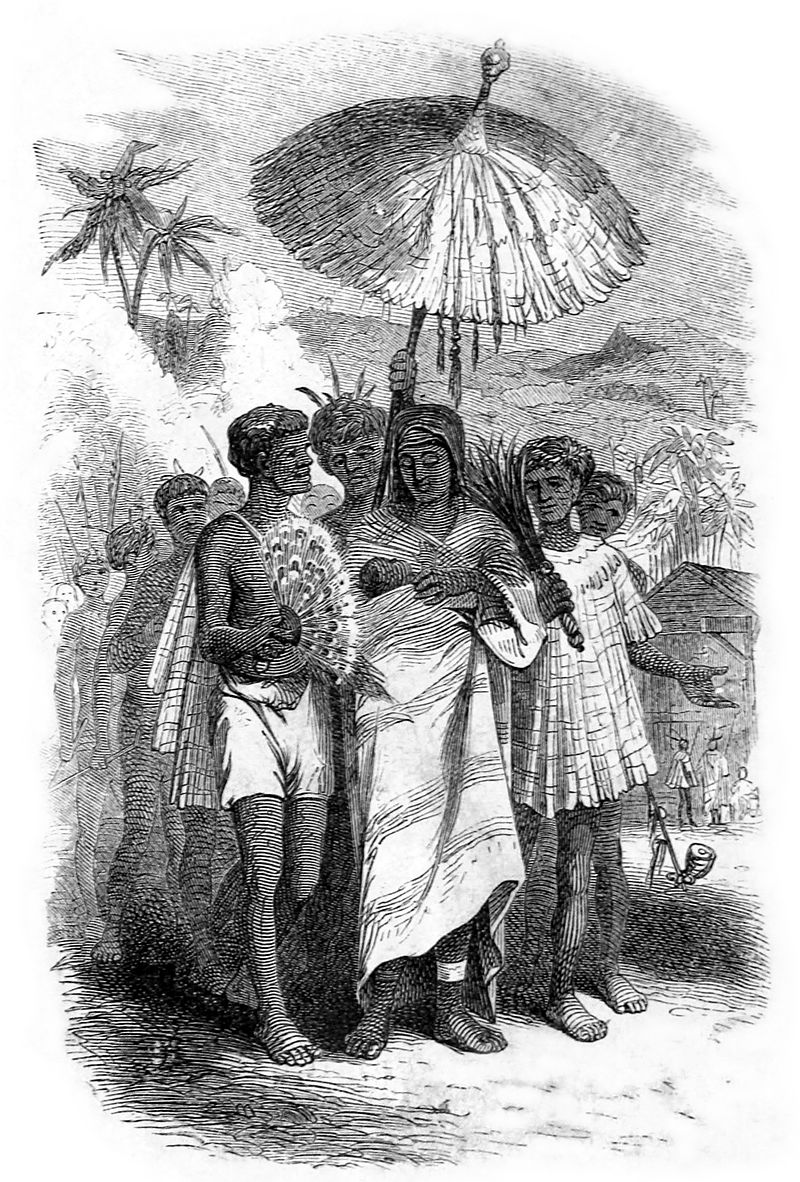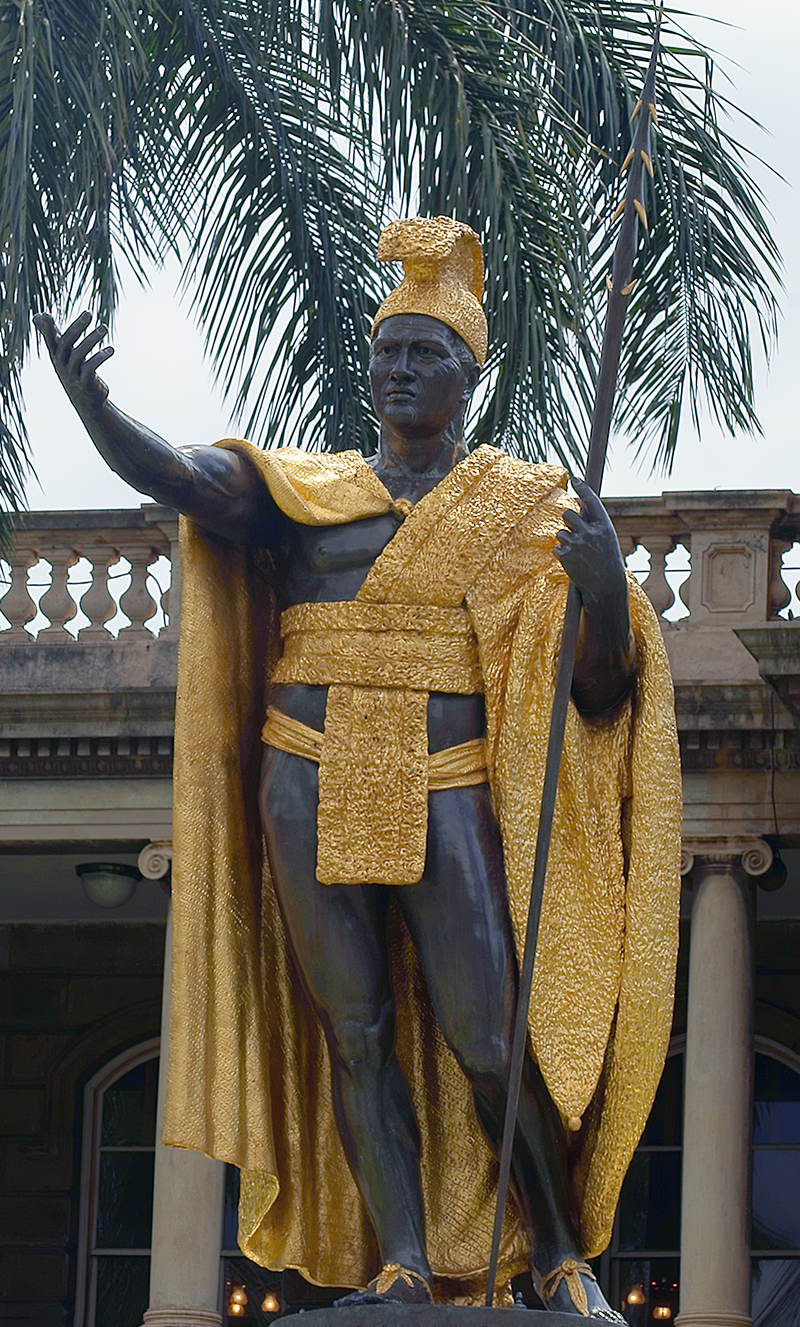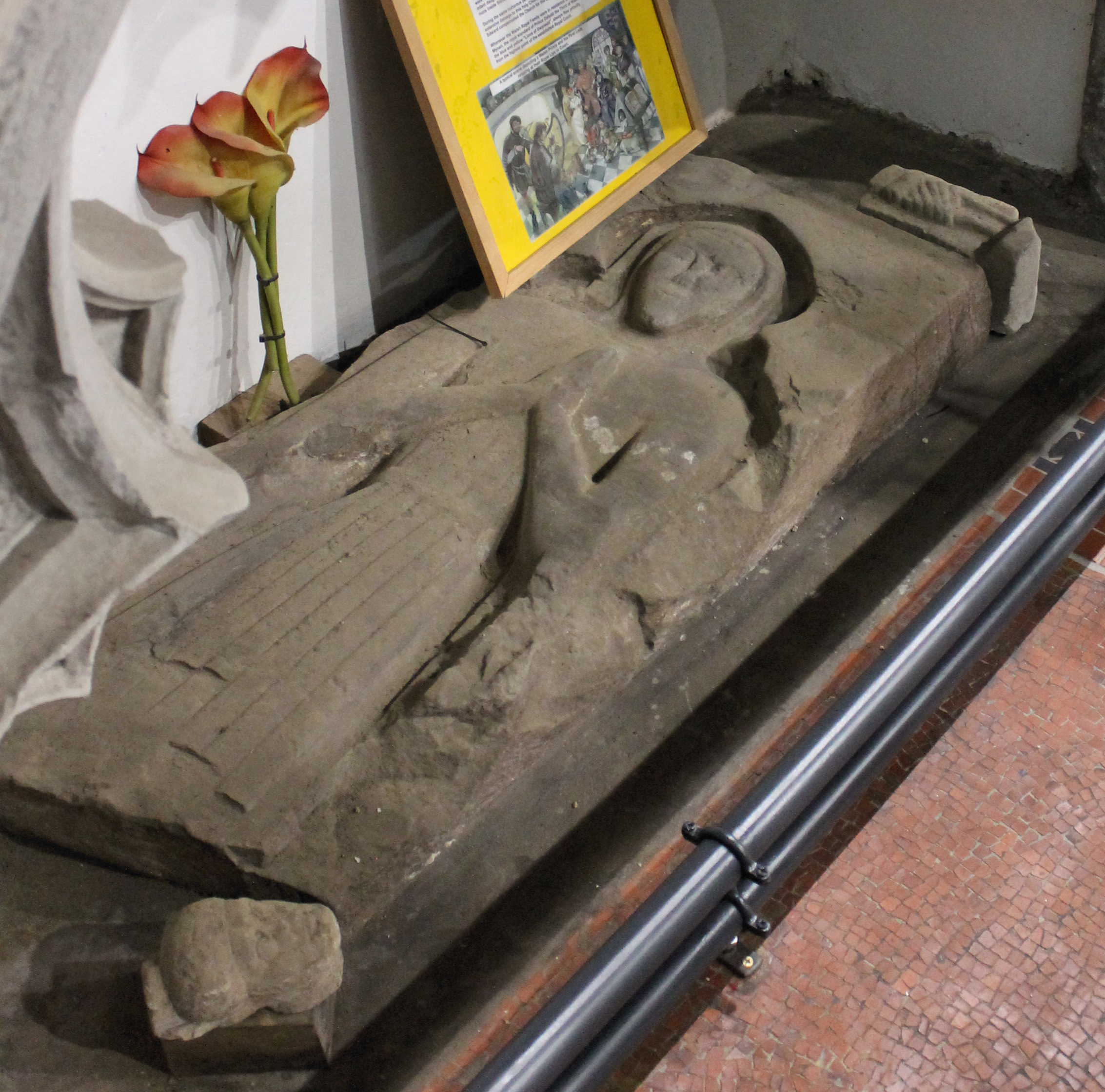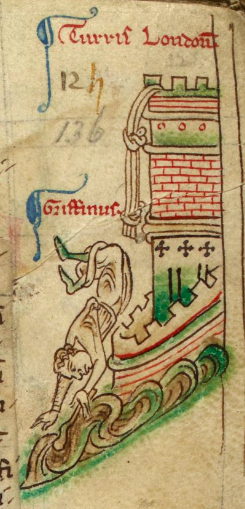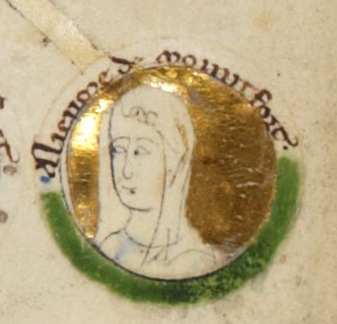by Susan Flantzer
© Unofficial Royalty 2024
The Hawaiian Islands, located in the Pacific Ocean, were originally divided into several independent chiefdoms. The Kingdom of Hawaii was formed in 1795, when the warrior chief Kamehameha the Great of the independent island of Hawaii, conquered the independent islands of Oahu, Maui, Molokai, and Lanai, and unified them under one government and ruled as Kamehameha I, King of the Hawaiian Islands. In 1810, the whole Hawaiian archipelago became unified when Kauai and Niihau voluntarily joined the Kingdom of Hawaii. Two major dynastic families ruled the kingdom: the House of Kamehameha and the House of Kalākaua.
In 1778, British explorer James Cook visited the islands. This led to increased trade and the introduction of new technologies and ideas. In the mid-19th century, American influence in Hawaii dramatically increased when American merchants, missionaries, and settlers arrived on the islands. Protestant missionaries converted most of the native people to Christianity. Merchants set up sugar plantations and the United States Navy established a base at Pearl Harbor. The newcomers brought diseases that were new to the indigenous people including influenza, measles, smallpox, syphilis, tuberculosis, and whooping cough. At the time of James Cook’s arrival in 1778, the indigenous Hawaiian population is estimated to have been between 250,000 and 800,000. By 1890, the indigenous Hawaiian population declined had to less than 40,000.
In 1893, a group of local businessmen and politicians composed of six non-native Hawaiian Kingdom subjects, five American nationals, one British national, and one German national overthrew Queen Liliʻuokalani, her cabinet, and her marshal, and took over the government of the Kingdom of Hawaii. This led to the 1898 annexation of Hawaii as a United States territory. On August 21, 1959, Hawaii became the 50th state of the United States.
In 1993, one hundred years after the Hawaiian monarchy was overthrown, the United States Congress passed, and President Bill Clinton signed the Apology Resolution which “acknowledges that the overthrow of the Kingdom of Hawaii occurred with the active participation of agents and citizens of the United States and further acknowledges that the Native Hawaiian people never directly relinquished to the United States their claims to their inherent sovereignty as a people over their national lands, either through the Kingdom of Hawaii or through a plebiscite or referendum”. As a result, the Hawaiian sovereignty movement, a grassroots political and cultural campaign to reestablish an autonomous or independent nation or kingdom in Hawaii, was established along with ongoing efforts to redress the indigenous Hawaiian population.
********************

King Kamehameha III; circa 1853; Credit – Wikipedia
Kamehameha III, King of the Hawaiian Islands reigned from 1825 to 1854. He was the longest-reigning monarch of the Kingdom of the Hawaiian Islands, reigning for 29 years and 192 days. Born Kauikeaouli on March 17, 1814, in Keauhou Bay, on the island of Hawaiʻi in the Kingdom of Hawaii, he was the second of the three children and the younger of the two sons of Kamehameha I the Great, King of the Hawaiian Islands and his chief wife Queen Keōpūolani. King Kamehameha I had many wives and many children. The exact number is debated because documents that recorded the names of his wives were destroyed. While he had many wives and children, only his children from his highest-ranking wife Keōpūolani succeeded him to the throne.
Kamehameha III had two full siblings:
- Kamehameha II, King of the Hawaiian Islands (1797 – 1824), the last Hawaiian king to practice polygamy, had five wives but none of the marriages produced children:
- Kamāmalu (circa 1802 – 1824), Kamehameha II’s favorite wife, his half-sister
- Kīnaʻu (circa 1805 – 1839), Kamehameha II’s half-sister
- Kekāuluohi (1794 – 1845), Kamehameha II’s cousin
- Pauahi (circa 1804–1826), often referred to as Kalanipauahi, Kamehameha II’s niece
- Kekauʻōnohi (circa 1805 – 1851), Kamehameha II’s niece
- Princess Nāhienaena (1815 – 1836), married William Pitt Leleiohoku I, had one child who died at birth, Nāhienaena died three and half months after giving birth
Kamehameha III’s brother and predecessor Kamehameha II and his favorite wife and half-sister Kamāmalu visited Great Britain in 1824. While there, members of the Hawaiian entourage caught measles. They had no natural immunity because the people of the Hawaiian Islands had lived in isolation until their contact with Europeans. Twenty-one-year-old Queen Kamāmalu died on July 8, 1824, and twenty-six-year-old King Kamehameha II died six days later.

10-year-old Kamehameha III, King of the Hawaiian Islands; Credit – Wikipedia
Ten-year-old Kamehameha III succeeded his brother as King of the Hawaiian Islands, although the news of Kamehameha II’s death did not reach Hawaii until 1825. Queen Kaʻahumanu, Kamehameha I’s favorite wife, had been created Kuhina Nui, a role similar to a co-regent or modern-day prime minister, by the council of advisors. She ruled as co-regent during the reigns of both Kamehameha II and his brother and successor Kamehameha III, until she died in 1832.

Queen Kaʻahumanu, Kamehameha III’s his co-regent; Credit – Wikipedia
In April 1824, Queen Kaʻahumanu publicly acknowledged her conversion to Christianity and encouraged native Hawaiians to also convert. With the introduction of Christianity, Hawaiians were encouraged to take British or American names. The young Kamehameha III, who had a partial Christian upbringing, was torn between Queen Kaʻahumanu’s Puritan Christian guidelines and his desire to honor the old traditions. One of the old traditions was the marriages between closely related members of the Hawaiian royal family to preserve pure bloodlines. His brother Kamehameha II and his favorite wife Kamāmalu were half-siblings and Kamehameha II was also closely related to his four other wives. Kamehameha III and many of the traditional chiefs wanted a marriage between the king and his sister Nāhienaena, but the missionaries opposed the marriage because they considered it incest.
Kamanele, the daughter of John Adams Kuakini, the Royal Governor of Hawaiʻi Island and Oʻahu, was proposed because of her suitability in age, rank, and education. In addition, the family of John Adams Kuakini had converted to Christianity. With the introduction of Christianity, Hawaiians were encouraged to take British or American names, hence the addition of John Adams to the Governor’s name. However, Kamanele died in 1834 before the wedding took place.

King Kamehameha III and his wife Queen Kalama; Credit – Wikipedia
Kamehameha III chose to marry Kalama Hakaleleponi Kapakuhaili, the only child of High Chief Naihekukui, who was commander of the native Hawaiian fleet at Honolulu. On February 14, 1837, in a Christian ceremony, Kamehameha III married Kalama.
Kamehameha III and Kalama had two sons, but they both died in infancy and both were given the same name:
- Keaweaweʻulaokalani I (born and died 1839)
- Keaweaweʻulaokalani II (born and died 1842)

King Kamehameha III and Queen Kalama with Albert Kūnuiākea; Credit – Wikipedia
Kamehameha III and his mistress Jane Lahilahi, a Hawaiian high chiefess and a daughter of John Young Olohana, a royal advisor of Kamehameha I, had twin illegitimate sons:
- Kīwalaʻō (born and died 1851)
- Albert Kūnuiākea (1851 – 1902), adopted by Kamehameha III and Queen Kalama, became a Hawaiian politician, unmarried
Kamehameha III and Kalama also adopted Alexander Liholiho, later King Kamehameha IV, whose mother Princess Kīnaʻu, also known as Elizabeth Kīnaʻu, was a daughter of Kamehameha I and a half-sister of Kamehameha III. Therefore, Alexander Liholiho was Kamehameha III’s nephew.

Hawaiian Royal Family: King Kamehameha III (center) and his wife, Queen Kalama (left); the future King Kamehameha IV (left rear), the future King Kamehameha V (right rear) and their sister Victoria Kamāmalu (right), circa 1853; Credit – Wikipedia
During his reign, Kamehameha III’s goal was a careful balance of modernization by adopting Western ways while keeping his nation intact. The Kingdom of the Hawaiian Islands changed from an absolute monarchy to a constitutional monarchy based on the Constitution of 1840 and the Constitution of 1852. The Legislature of the Hawaiian Islands replaced the traditional Council of Chiefs. The chiefs served in the House of Nobles, modeled on the British House of Lords. The cabinet consisted of a Privy Council and five powerful government ministers.
In 1850, Kamehameha III moved the capital of the Kingdom of Hawaii from Lahaina on Maui to Honolulu on Oahu. Kamehameha III and the monarchs who followed him transformed Honolulu into a modern capital, erecting buildings such as St. Andrew’s Cathedral, ʻIolani Palace, and Aliʻiōlani Hale, the former seat of government of the Kingdom of Hawaiʻi and the Republic of Hawaiʻi, now the home of the Hawaii State Supreme Court. Honolulu became the islands’ center of commerce, with descendants of American missionaries establishing major businesses downtown.
On December 15, 1854, at the ʻIolani Palace in Honolulu, Kamehameha III, King of the Hawaiian Islands suddenly died, aged 40, after a brief illness, possibly related to a stroke. He was succeeded by his nephew and adopted son Alexander Liholiho, who was styled as King Kamehameha IV.
In the background, the Royal Mausoleum, Mauna ʻAla, now a chapel; Credit – Wikipedia
King Kamehameha III was originally buried in the Western-style mausoleum built for his brother and predecessor King Kamehameha II and his wife Queen Kamāmalu near the ʻIolani Palace in Honolulu. The mausoleum was a small house made of coral blocks with a thatched roof. Over time, as more coffins were added, the small vault became crowded. In 1863, construction began on Mauna ʻAla (Fragrant Hills), the Royal Mausoleum of Hawaii in Honolulu. On October 30, 1865, the remains of past deceased royals were transferred in a torchlit ceremony at night to the new mausoleum. On November 9, 1887, after the Royal Mausoleum became too crowded, the caskets of the members of the House of Kamehameha were moved to the newly built Kamehameha Tomb, an underground vault, under the Kamehameha Dynasty Tomb. Two additional underground vaults were built over the years. In 1922, the Royal Mausoleum, Mauna ʻAla was converted to a chapel after the last royal remains were moved to tombs constructed on the grounds.

Kamehameha Dynasty Tomb – Royal Mausoleum, Honolulu, Hawai; Credit – By Daderot. – Self-photographed, CC BY-SA 3.0, https://commons.wikimedia.org/w/index.php?curid=1101293
This article is the intellectual property of Unofficial Royalty and is NOT TO BE COPIED, EDITED, OR POSTED IN ANY FORM ON ANOTHER WEBSITE under any circumstances. It is permissible to use a link that directs to Unofficial Royalty.
Works Cited
- Flantzer, Susan. (2024). Kamehameha I The Great, King of the Hawaiian Islands. Unofficial Royalty. https://www.unofficialroyalty.com/kamehameha-i-the-great-king-of-the-hawaiian-islands/
- Flantzer, Susan. (2024). Kamehameha II, King of the Hawaiian Islands. Unofficial Royalty. https://www.unofficialroyalty.com/kamehameha-ii-king-of-the-hawaiian-islands/
- Wikimedia Foundation. (2023). Kalama. Wikipedia. https://en.wikipedia.org/wiki/Kalama
- Wikimedia Foundation. (2024). Kamehameha III. Wikipedia. https://en.wikipedia.org/wiki/Kamehameha_III
- Wikimedia Foundation. (2023). Royal Mausoleum (Mauna ʻAla). Wikipedia. https://en.wikipedia.org/wiki/Royal_Mausoleum_(Mauna_%CA%BBAla)
- Wikimedia Foundation. (2023). Hawaiian Kingdom. Wikipedia. https://en.wikipedia.org/wiki/Hawaiian_Kingdom

